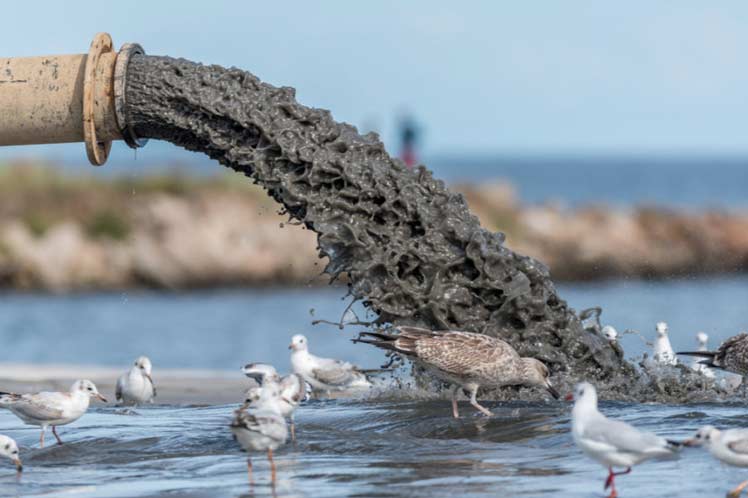The director of the OIJ, Randall Zúñiga, explained to the press that the issue is being analyzed as a crime of public action.
Water contamination is something that is regulated by law and as such, when the OIJ becomes aware of the situation, it opens an investigation for this issue and it is ex officio, he said.
The investigations will have to determine if there is an intentional element at the time of contaminating the water or if it was a completely random situation. The investigation is currently in progress, he pointed out.
Although the use of xylene, the contaminant product, has been mentioned in multiple industries, including drugs, Zúñiga considered that it would be too early to say anything about it, we would not have elements to affirm such a situation.
He would prefer that the investigation continues to see if there is any correlation with any other criminal activity, he said.
In addition to the OIJ’s investigations, there is a process in the Environmental Agrarian Prosecutor’s Office.
Prosecutor Luis Diego Hernandez said that after the initial findings, the case will have to be investigated further. The case was opened because sampling was carried out by Aqueducts and Sewers, and public universities, and after laboratory analysis the substance was identified as xylene, he said.
What is being handled at the moment is that the contamination was of surface water, not groundwater. In other words, there was a discharge prior to the entry of the water from the creek into the treatment plant, he said.
It all began after a complaint from neighbors on January 22 in the capital’s Goicochea, Tibás, Moravia, due to suspicions of a gasoline smell in the liquid, a situation that kept more than 100,000 people without water for more than 10 days, until it was demonstrated how, where and with what substance the mixture occurred.
Researchers from the University of Costa Rica proved that it was xylene, a petroleum derivative.
ef/arm/mem/al










